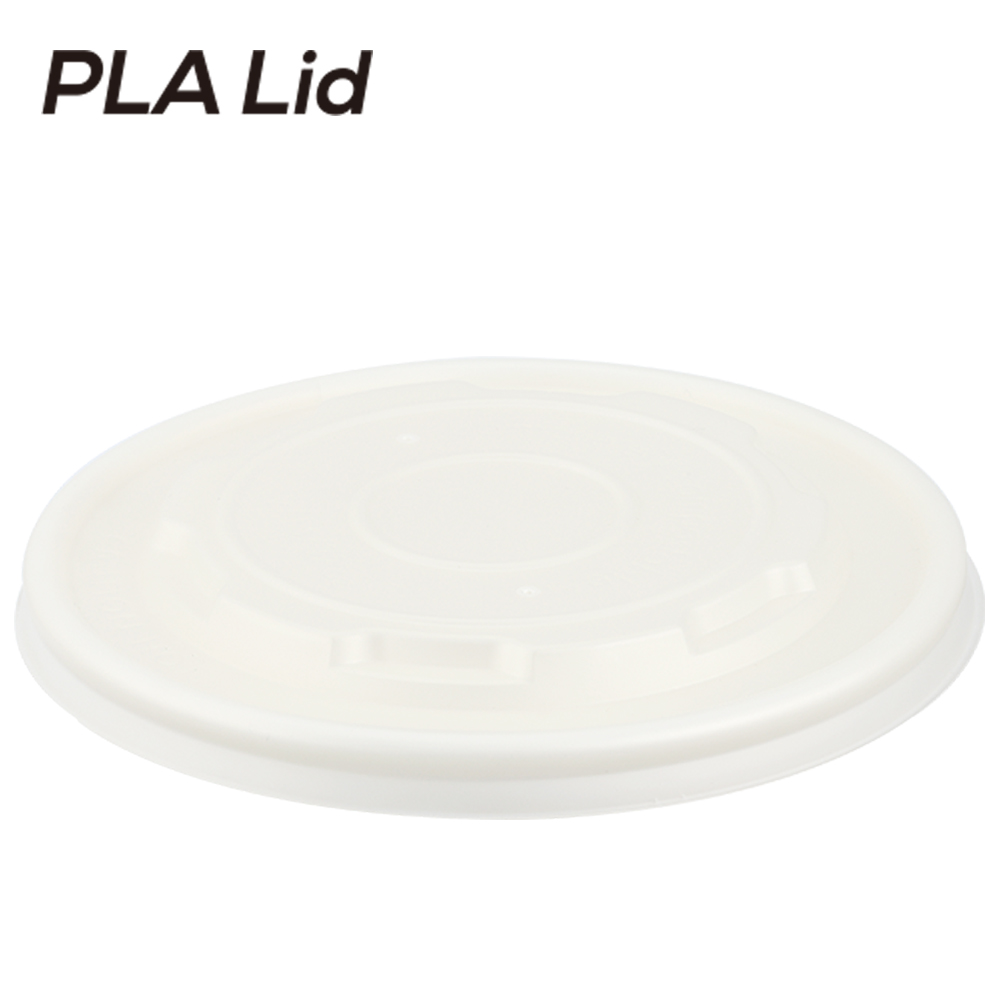Email format error
Email cannot be empty
Email already exists
6-20 characters(letters plus numbers only)
The password is inconsistent
Email format error
Email cannot be empty
Email does not exist
6-20 characters(letters plus numbers only)
The password is inconsistent


Exploring LED Linear Lighting Strips: Types, Working, Customization, and More
In the ever-evolving world of lighting solutions, LED linear lighting strips have emerged as a game-changer. As a trusted China LED linear lighting strip manufacturer, we're here to shed light on what these versatile fixtures are, how they work, their various types and specifications, and how they compare to traditional lighting solutions like fluorescent and halogen lamps. Additionally, we'll delve into the customization options and design flexibility offered by LED linear lighting strips and discuss the calculations of luminous flux and illuminance. Let's illuminate the path to better understanding!
What Are LED Linear Lighting Strips?
LED linear lighting strips, also known as LED light bars or LED tape lights, are flexible, slim, and energy-efficient lighting fixtures. They consist of multiple LED diodes mounted on a long, narrow PCB (printed circuit board). These diodes emit light when an electric current passes through them, and the strips are encased in a protective material. The key to their versatility is their ability to emit a uniform, continuous stream of light.
How Do LED Linear Lighting Strips Work?
LEDs (light-emitting diodes) are semiconductor devices that emit light when electrons recombine with electron holes within the diode. In the case of LED linear lighting strips, the diodes are carefully arranged to create a linear source of light. The strips can be designed to emit light in various colours, making them suitable for a wide range of applications.
These LED strips are typically powered by low-voltage direct current (DC) and are designed to be energy-efficient, providing bright, consistent illumination while consuming significantly less energy than traditional lighting sources.
Types and Specifications of LED Linear Lighting Strips
There are several types of LED linear lighting strips available on the market, each designed to meet specific lighting needs. They can vary in terms of colour temperature, brightness, and flexibility. Some common types include:
1. Single-color LED Strips: These strips emit a single colour, such as warm white, cool white, or various shades of white.
2. RGB LED Strips: These are capable of emitting a wide spectrum of colours by combining red, green, and blue diodes.
3. Tunable White LED Strips: They offer adjustable colour temperatures, allowing you to switch between warm and cool white light.
4. Waterproof LED Strips: Ideal for outdoor and wet locations, these strips are designed to resist moisture and dust.
5. High-CRI LED Strips: These strips provide excellent colour rendering, making them suitable for applications where accurate colour representation is crucial.
Specifications may include LED density (LEDs per metre), wattage, voltage, and IP (Ingress Protection) rating for moisture resistance.
LED Linear Lighting Strips vs. Traditional Lighting Solutions
Compared to traditional lighting sources like fluorescent and halogen lamps, LED linear lighting strips offer several advantages:
Energy Efficiency: LED strips consume less energy and have a longer lifespan.
Durability: LEDs are solid-state lighting, making them more robust and less prone to breakage.
Instant On: LED strips light up instantly without the warm-up time required by some traditional sources.
Customization: LED strips offer greater design flexibility and colour options.
Customization Options and Design Flexibility
One of the standout features of LED linear lighting strips is their versatility in design and application. They can be customised in terms of length, colour, and brightness. Furthermore, they can be easily integrated into architectural elements, providing indirect, accent, or task lighting. Whether you need a simple, linear light source or a complex lighting design, LED linear lighting strips can be tailored to meet your requirements.
Calculating Luminous Flux and Illuminance
Luminous flux measures the total amount of visible light emitted by an LED strip, typically expressed in lumens. Illuminance, on the other hand, represents the level of light falling on a surface and is measured in lux. To calculate these values, factors like the strip's lumen output, beam angle, and distance from the illuminated surface need to be considered. These calculations help in determining the optimal placement and quantity of LED strips for specific applications.
In conclusion, LED linear lighting strips have revolutionised the lighting industry, offering a wide array of options for various lighting needs. As a Chinese LED linear lighting strip manufacturer, we are committed to providing high-quality, customised solutions to illuminate your spaces effectively. Make the switch to LED linear lighting strips for enhanced energy efficiency, flexibility, and design possibilities. Illuminate your world with the brilliance of LEDs!

